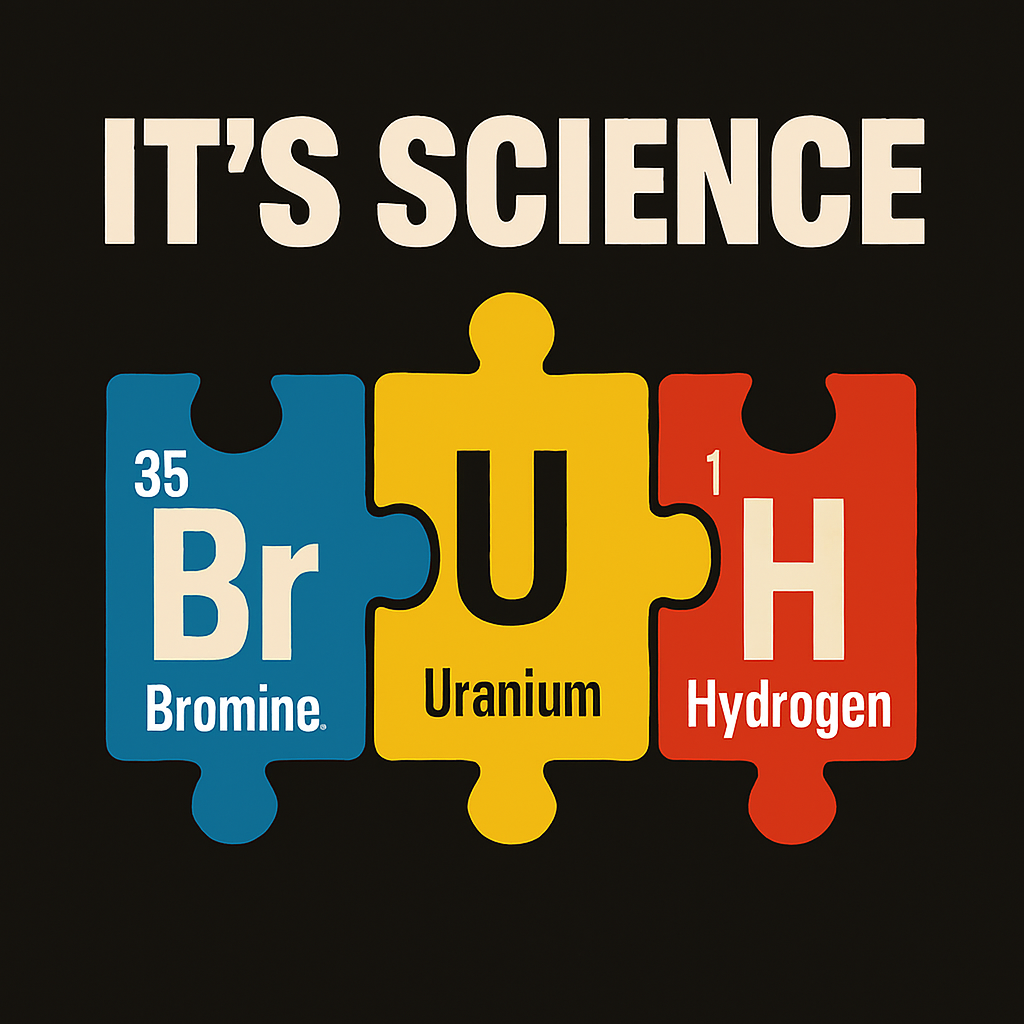“Autism is a diverse and multifaceted condition. Moving beyond stereotypes to embrace the reality of the spectrum is vital for fostering acceptance and building supportive communities.”
Autism, or Autism Spectrum Disorder (ASD), is a term many of us have heard, but what does it truly mean? It’s a complex neurodevelopmental condition that impacts how individuals experience the world.
- Elaborate on what “neurodevelopmental” means – it affects the development of the brain. Explain that it’s not a disease to be cured, but a different way the brain is wired.
- Introduce the three main areas of challenge you mentioned:
- Social Interaction: Briefly describe what this can look like (e.g., difficulty understanding social cues, making eye contact, initiating conversations, forming typical friendships). Emphasize that it’s not a lack of desire for social connection, but often a difficulty in navigating it.
- Communication: Discuss both verbal and non-verbal communication challenges (e.g., delayed speech, repetitive language, difficulty interpreting sarcasm or tone, limited gestures).
- Repetitive Behaviors or Restricted Interests: Explain what these might involve (e.g., hand-flapping, rocking, intense focus on specific topics, adherence to routines, sensory sensitivities). Explain that these behaviors often serve a purpose for the individual, like self-regulation or comfort.


